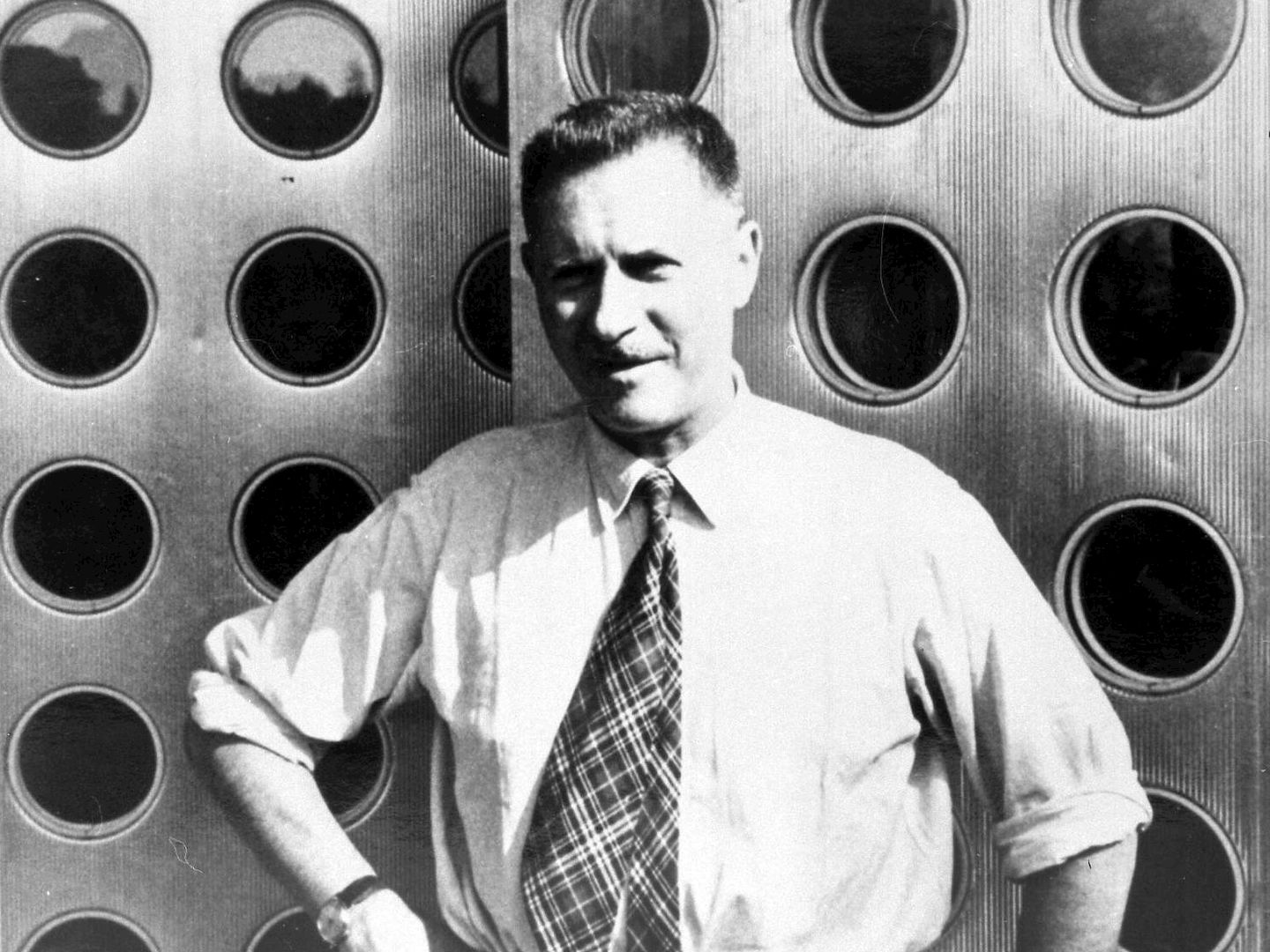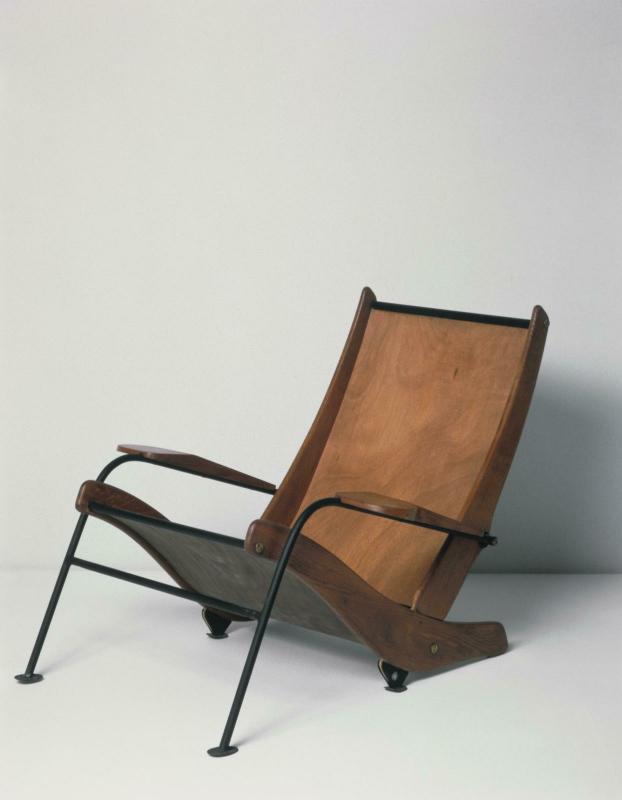Contact us for more information
Jean Prouvé born in 1901 in Paris and died in 1984 in Nancy is a French designer and architect. He is one of the founders of the Union of Modern Artists with Le Corbusier and Charlotte Perriand. He also contributed to make the furniture innovative in the XXth century. Jean Prouvé was steeped in the creative philosophy of the Ecole de Nancy. Indeed it’s main desire is to combine art with industry to make it available to all.
Jean Prouvé collaborated with the greatest architects, but his biggest collaboration was with Charlotte Perriand. The Jean Prouvé workshop published Charlotte Perriand’s furniture in the 1950s.
He is one of the pioneers of innovation in furniture and architecture by exploring all the characteristics of materials such as wrought iron and metal. This avant-garde spirit coupled with humanistic concerns can be found in the creations of Jean Prouvé.
Materials
It was in 1924 that he began to make his first pieces of furniture, after having designed staircases, entrance gates and glass windows. Having discovered electric welding and applied the various techniques of shaping, he uses steel sheet. This material allows him to obtain a “hollow body”, adding its resistance to that of the frame. The most representative example of this technique is the articulated chair of 1929.
Thus, the same principles apply to the production of furniture, often intended for collective facilities: the same solid structures are assembled and articulated by clever mechanisms, allowing furniture as well as buildings to be easily disassembled, moved, adapted.
Jean Prouvé also frequently used aluminum (both in the field of housing and interior design), which he used in the form of folded sheet metal or molded parts. After the Second World War, architecture and design developed considerably thanks to Jean Prouvé. He was able to break with the traditions of construction by favoring experience over profitability.
The innovative qualities of each of Jean Prouvé’s works are constantly being rediscovered, from the first equipment for the Nancy university campus in 1932 to that created for the Antony campus in 1954, including the furniture created for Africa, or the dismountable houses of the post-war period, up to the “small architectural machines” designed in the years.
Discover the artist: ▶️




